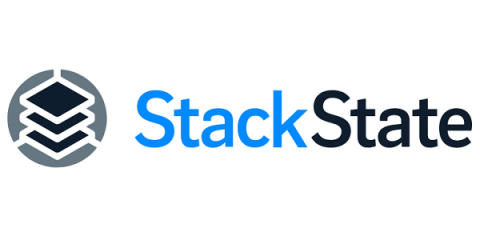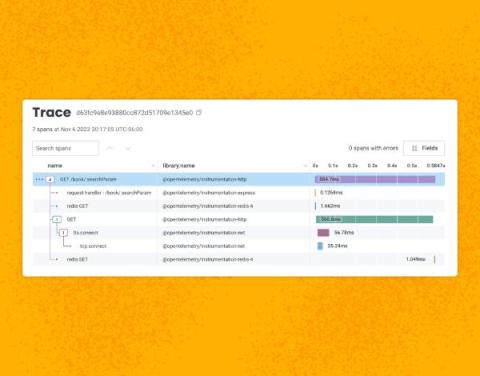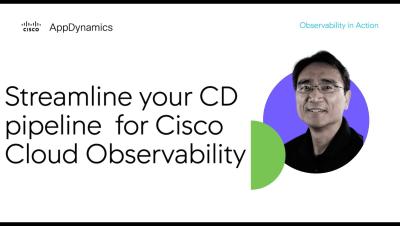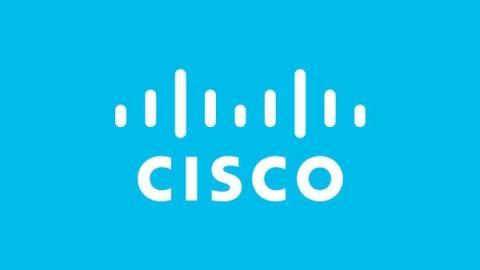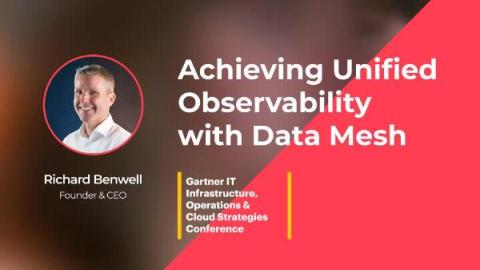Multi-Cluster Observability Part 2: Developing The Right Strategy
This is the second of a three-part blog series. Prior to reading this, be sure to check out Part 1, Benefiting from multi-cluster setups requires familiarity with common variations. In your Kubernetes journey, it's highly likely that you'll encounter the need to manage multiple clusters simultaneously.


